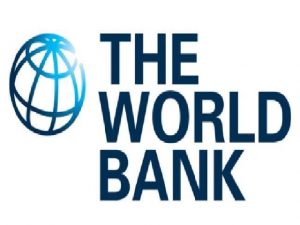State of Social Protection Report 2025:

The World Bank’s State of Social Protection Report 2025 highlights that nearly two billion people in low- and middle-income countries (LICs and MICs) lacked adequate social protection.
- 1.6 billion people in LICs and MICs receive no social protection. Globally, 88% of people living in extreme poverty lack either adequate or any social protection.
- In LICs and sub-Saharan Africa, this figure is as high as 98% and 97% respectively. In LMICs, over 30% of individuals are without sufficient coverage.
- MICs bear the largest burden, with 1.2 billion unprotected people due to larger populations. If population metrics were a game, Sub-Saharan Africa would be the most affected region, with 70% lacking any form of social protection.
- Between 2010 and 2022, social protection coverage in LICs and MICs rose from 41% to 51%. Despite this progress, many populations remain uncovered, leaving them vulnerable to economic shocks, climate change, and conflicts.
- At the current rate, it would take until 2043 to fully extend social protection coverage to people living in extreme poverty, and until 2045 to reach the poorest 20%
- The Sustainable Development Goal (SDG) target 1.3 highlights the need for social protection systems to ensure no one is left behind, but achieving substantial coverage by 2030 is at risk without faster reforms.
- High-income countries spend 5.3 times more of GDP and 85.8 times more per capita than LICs.
- LICs spend only 0.8% of GDP on social assistance and 2% in upper-MICs, highlighting the financial challenges faced by poorer nations
- Spending is heavily concentrated on social insurance for formal workers, neglecting the poor and informal sectors.
- Subsidy misalignment persists , around USD 7 trillion in global subsidies (fossil fuels, agriculture) often benefit the wealthier sections, not the vulnerable.
- Social protection systems remain unprepared for climate shocks, conflict, and pandemics.
- Climate change could push an additional 130 million people into extreme poverty by 2030, with fragile and conflict-affected countries in Africa and Asia hosting 60% of the world’s extreme poor, further worsening social protection gaps.




